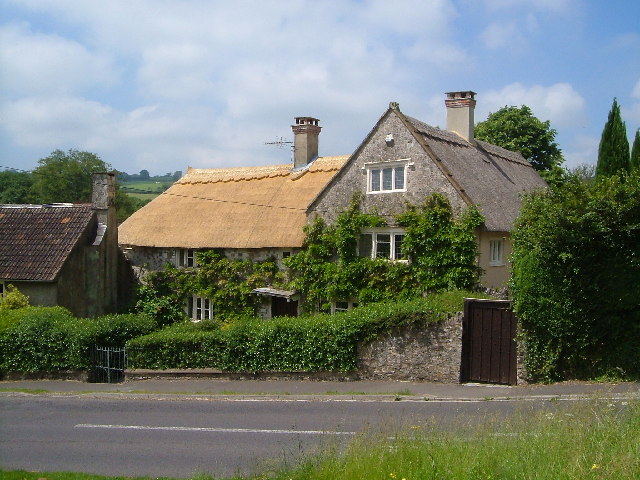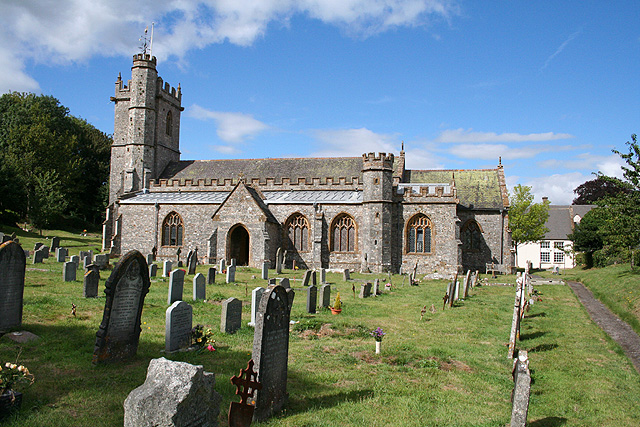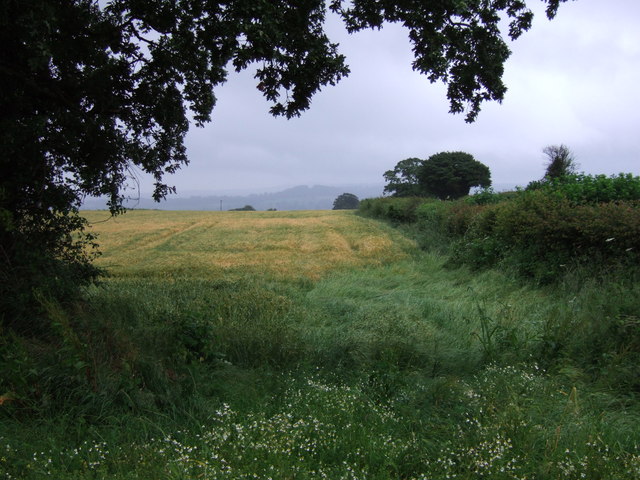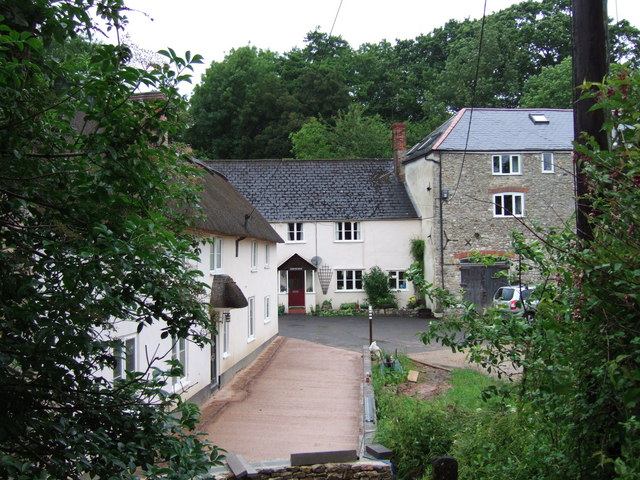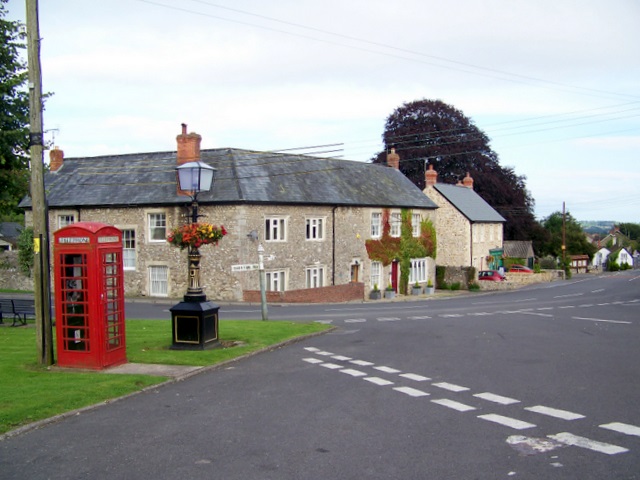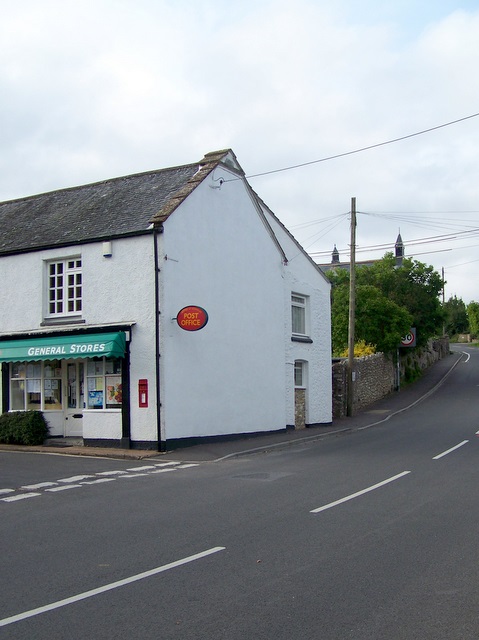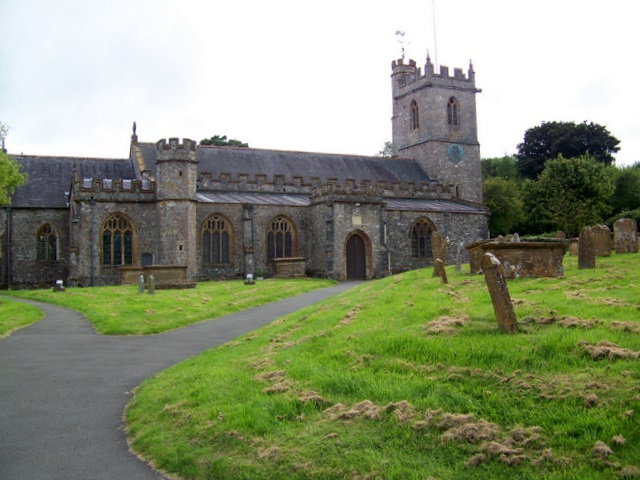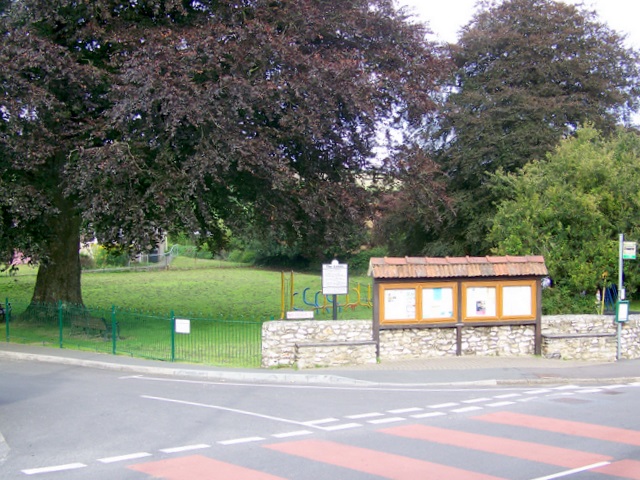Foxdon Hill
Hill, Mountain in Somerset South Somerset
England
Foxdon Hill

Foxdon Hill is a prominent hill located in Somerset, England. Rising to an elevation of 248 meters (814 feet), it is situated near the village of Charlton Adam, approximately 5 kilometers south of the town of Somerton. The hill is part of the larger landscape known as the Somerset Levels, renowned for its flat, low-lying terrain.
Foxdon Hill is characterized by its distinct conical shape, making it a notable landmark in the area. The hill is covered in lush green grass and features a diverse range of flora and fauna. It offers panoramic views of the surrounding countryside, including the Somerset Levels, Glastonbury Tor, and the Mendip Hills.
The hill is a popular destination for outdoor enthusiasts, offering various walking trails and paths for hikers to explore. It is also a haven for wildlife, with many species of birds, butterflies, and wildflowers found in the area. Foxdon Hill is well-preserved, and efforts have been made to maintain its natural beauty and biodiversity.
The hill holds historical significance as well, with traces of ancient settlements and earthworks found on its slopes. Archaeological excavations have revealed evidence of human activity dating back to the Bronze Age, further adding to its cultural importance.
Overall, Foxdon Hill is an attractive destination for nature lovers, hikers, and history enthusiasts, offering breathtaking views, diverse wildlife, and a glimpse into the rich heritage of the Somerset region.
If you have any feedback on the listing, please let us know in the comments section below.
Foxdon Hill Images
Images are sourced within 2km of 50.885948/-2.9849955 or Grid Reference ST3010. Thanks to Geograph Open Source API. All images are credited.




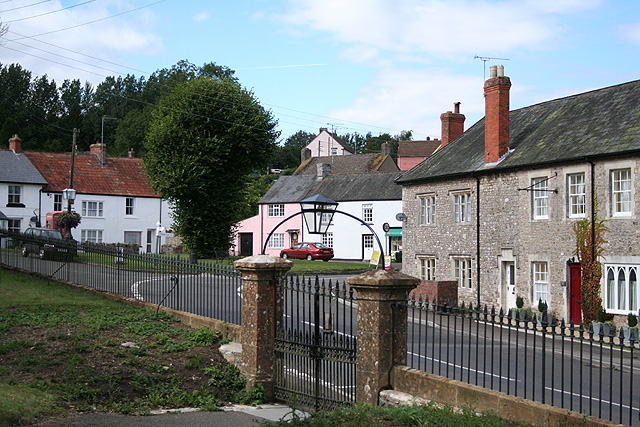
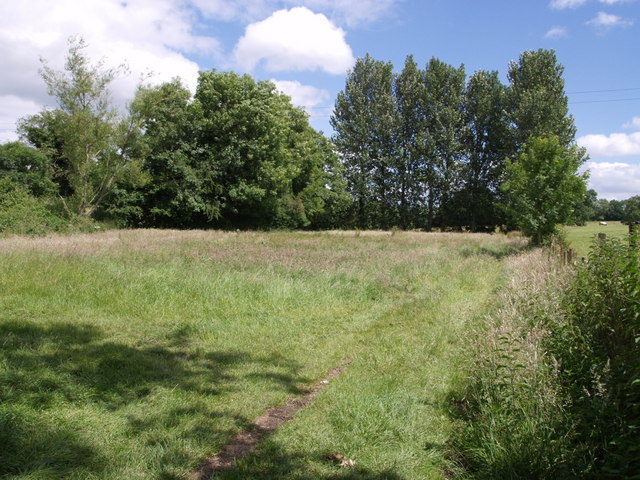
Foxdon Hill is located at Grid Ref: ST3010 (Lat: 50.885948, Lng: -2.9849955)
Administrative County: Somerset
District: South Somerset
Police Authority: Avon and Somerset
What 3 Words
///cheetahs.owls.flesh. Near Chard, Somerset
Nearby Locations
Related Wikis
Woolhayes Farm
Woolhayes Farm (grid reference ST315109) is a 13.2 hectare (32.5 acre) biological Site of Special Scientific Interest east of Combe St Nicholas in Somerset...
Snowdon Hill Quarry
Snowdon Hill Quarry (grid reference ST312089) is a 0.6 hectare geological Site of Special Scientific Interest on the western outskirts of Chard in Somerset...
Combe St Nicholas
Combe St Nicholas is a village and parish in Somerset, England, situated 2 miles (3.2 km) northwest of Chard and 10 miles (16 km) from Taunton in the South...
Church of St Nicholas, Combe St Nicholas
The Church of St Nicholas in Combe St Nicholas, Somerset, England is Norman in origin, with the chancel and lower stage of the tower dating from the 13th...
Chard Town F.C.
Chard Town Football Club is a football club based in Chard, Somerset, England. Affiliated to the Somerset County FA, they are currently members of the...
Holyrood Academy
Welcome to Holyrood Academy Wiki page. Holyrood Academy, previously known as Holyrood Community School before September 2010, is a secondary school with...
The Guildhall, Chard
The Guildhall is a town hall and community building in the town of Chard in the English county of Somerset. == History == The Guildhall was built between...
Fore Street, Chard
Fore Street in Chard, Somerset, England was built in the late 16th and early 17th century, following a fire which destroyed much of the town in 1577.Fore...
Nearby Amenities
Located within 500m of 50.885948,-2.9849955Have you been to Foxdon Hill?
Leave your review of Foxdon Hill below (or comments, questions and feedback).



